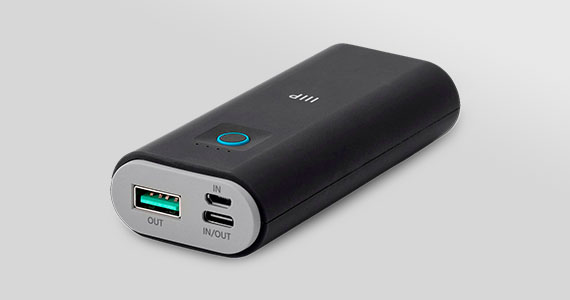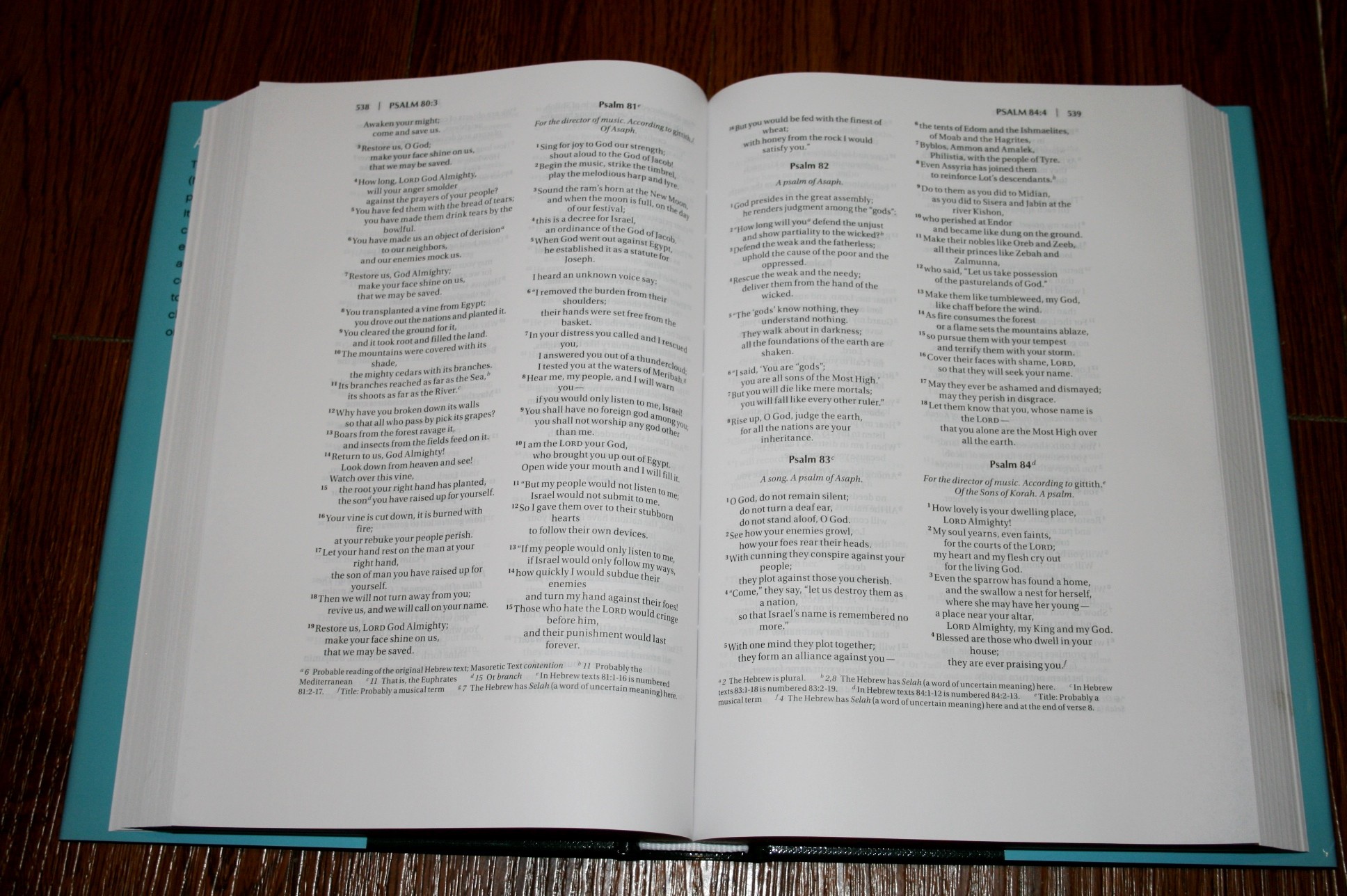

So then when I'm looking at the table, I could see all the notes from all of my meetings that still need to be revised by sorting or filtering by the columns.Īnd when I'm revising, I copy and paste the notes out into something like Google docs, and that's where I clean it up, add formatting, revise. and then each row I open up to take notes within that page so I have all of the space that I need. I should have clarified initially that all of my notes are not individual pages exactly, I have a table where each row represents either a meeting or a work block, and all the columns are all the fields I described above. So I guess another use case would be that I could add a "Revised" checkbox. In a lot of cases, I have to revise them too. Emergency remote teaching definitely took its toll on me and I used Notion for everything and I felt a lot less stressed because of that. I still like making beautiful notes, but 2020 was a mess. That is, depending on your priorities when taking notes, of course. That's what I mean, by not giving us too many options Notion actually does a better job.
#OBSIDIAN FOR POWER NOTE TAKERS FREE#
In One Note, we're too free to choose where to write and we end up with ugly margins. I don't like One Note because I think it's a nightmare to print its pages out, which I might need to do at some point like when I have tests and aren't allowed to use electronic devices (hopefully we'll go back to that some time soon). But then again sometimes you just need to get shit done instead. Sometimes too straight to the point, actually. I used to spend so much time on Good Notes and Noteshelf trying to make things cute with matching colour palettes, hand-made diagrams etc. I used Notion to take notes over the last semester and I'd say that its oversimplicity is what does the trick. While it has its shortcomings when compared to Notion (mainly the fact that it hasn't a WYSIWYG editor and lacks mobile apps ), it is self-hosted and seems overall a better tool for this use case. So, I thought I could delegate my PKM to Obsidian. While it doesn't seem fitting for personal knowledge management (lecture notes and building a knowledge base as I read books, take courses, etc.), I found it pretty good for project management, planning, keeping track of goals, habits, and the like. It's also slow when you need to shuffle through multiple note pages. The editor doesn't feel very nice, and I found it lacking in some basic features, such as formatting options (especially line spacing, see this) and simple tables (not in-line databases). However, I quickly felt like Notion wasn't the right tool for note-taking. At first, I thought I could use it to organize the notes I take during the non-math-heavy lectures I attend (for math-heavy lectures I prefer taking handwritten notes with GoodNotes).

If you type a tag (with a hash before a word, like #tag), Obsidian will detect it and assign it to the note no matter where it is in your text.I was giving Notion a try to see how I could benefit from it. However, it also borrows the logic of Wikis and solutions like Tiddlywiki to allow linking of internal notes. Obsidian is similar in that it supports both folders and tags. In other note-taking apps, you might organize your files in folders or by using tags and categories. Press Ctrl + E to switch to preview mode, where the syntax disappears, and the note will appear formatted. In this mode, all Markdown syntax is visible.

Using Obsidian to Organize Your Notesīy default, when you open Obsidian, you’ll be in editor mode, where you can edit your notes or write new ones. Those allow you to open another vault, check the program’s help, and access its settings.

At the bottom of that toolbar, you’ll find three more icons. The other options at the same spot allow you to open the quick switcher to view Obsidian’s graph. Click on the magnifying glass icon at the top to start searching your notes. Obsidian has a powerful search feature that checks the content of your notes and returns all results in microseconds. The three icons at the top pane allow you to create a new note, make a new folder, or change the sorting order. You can move notes around by dragging and dropping them.


 0 kommentar(er)
0 kommentar(er)
